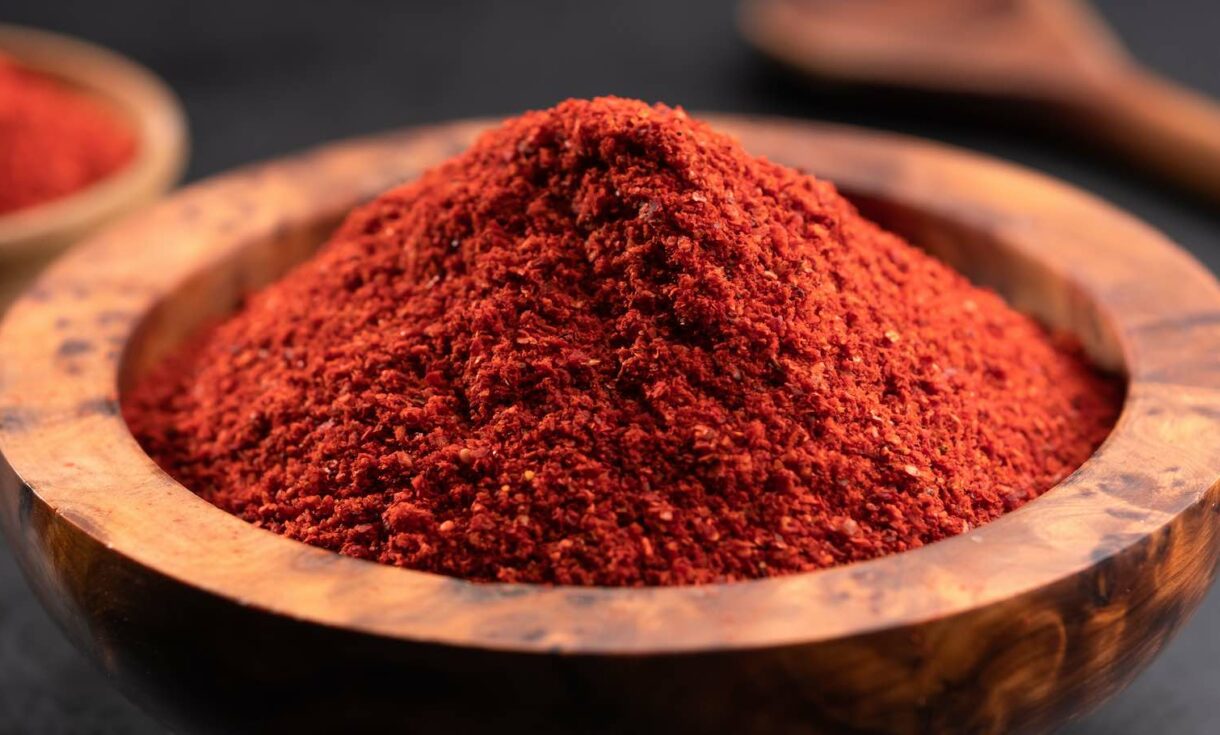- No. 268 Xianghe Street, Economic Development Zone of Xingtai city, Hebei 054001 China
- Byron@hbhongri.cn
Exploring the Vibrant World of Red Paprika and Its Culinary Uses
The Vibrant World of Red Paprika
Red paprika, with its striking color and unique flavor profile, is one of the culinary treasures that has captured the hearts and taste buds of cooks and food enthusiasts around the globe. Known for its versatility, this spice has found a prominent place in various cuisines, ranging from Hungarian goulash to Spanish chorizo, showcasing its ability to enhance dishes in both flavor and appearance.
Originating from the Capsicum annuum species, red paprika is derived from ground, dried peppers. Its flavor can range from sweet and mild to hot and spicy, depending on the specific type of pepper used and the drying process. The vibrant red hue of paprika not only makes it a visually appealing addition to dishes but also signifies the rich nutrients it holds. It is packed with antioxidants, particularly carotenoids, which are known to have various health benefits, including promoting healthy skin and vision.
Culinary Uses and Varieties
There are several varieties of paprika, each offering a distinct flavor profile. The most common types include sweet paprika, smoked paprika, and hot paprika. Sweet paprika, often used in Mediterranean dishes, adds a subtly sweet flavor without heat, making it an excellent choice for families or those averse to spiciness. On the other hand, smoked paprika, known as pimentón in Spanish cuisine, brings a deep, smoky flavor that can elevate any dish, especially meats and stews. Hot paprika, as the name suggests, adds a kick to recipes, making it popular in spicy dishes.
Red paprika is not limited to just spice mixes; it is also used in sauces, marinades, and even as a garnish. For instance, Hungarian goulash, a beloved traditional dish, is characterized by its deep red color and robust flavor, largely due to the generous use of sweet paprika. Similarly, in Spanish cuisine, paprika is a key ingredient in chorizo, infusing the sausage with its signature smoky taste and vibrant color.
Health Benefits
Beyond its culinary uses, red paprika is rich in vitamins and nutrients
. It is an excellent source of vitamin A, which is vital for maintaining healthy eyesight, and it is high in vitamin C and E. These vitamins contribute to improved immune response and skin health. The antioxidants found in paprika can help fight free radicals in the body, reducing oxidative stress and decreasing the risk of chronic diseases.red paprika

Moreover, research suggests that capsaicin, the compound responsible for the heat in peppers, has potential anti-inflammatory properties. This means that incorporating red paprika into your diet could contribute to overall health by alleviating pain and inflammation.
Growing and Harvesting
The cultivation of paprika typically occurs in warm climates, making it a staple in sunny regions like Hungary, Spain, and the southwestern United States. Farmers grow different varieties of peppers, and the harvesting period is crucial. Peppers are hand-picked at their peak ripeness, when they are vibrant red and fully developed. After harvesting, the peppers are dried and ground into the fine powder familiar around the world.
Cultural Significance
Red paprika is more than just a spice; it holds cultural significance in many regions. In Hungary, it is a symbol of national pride, and the country is famed for producing some of the best quality paprika in the world. Festivals celebrating paprika are held annually, showcasing its importance to Hungarian identity and cuisine. The spice has also made its way into culinary traditions worldwide, with chefs experimenting with it in innovative ways, blending it into everything from soups to desserts.
Conclusion
The vibrant world of red paprika is a testament to its rich history, diverse culinary applications, and numerous health benefits. Whether you are sprinkling it onto roasted vegetables, stirring it into soups, or using it as a color-enhancing garnish, paprika brings not only flavor but also an aesthetic appeal to dishes. As this versatile spice continues to play an integral role in global cuisine, it reminds us that food is not just sustenance—it's a celebration of culture, health, and creativity. The next time you reach for a jar of paprika in your kitchen, consider the journey it has taken and the joy it can bring to your culinary creations.
-
Turmeric Rhizome Powder: A Golden Treasure from Roots to TableNewsJul.28,2025
-
The Versatile Application Of Crushed Red Hot Peppers: Lighting Up The Red Flames On The Dining TableNewsJul.28,2025
-
The Paprika: A Touch Of Vibrant Red In Color, Flavor, And CultureNewsJul.28,2025
-
Ground Turmeric: A Modern Examination of an Ancient SpiceNewsJul.28,2025
-
Capsicum Liquid Extract: Features, Applications, and ChallengesNewsJul.28,2025
-
Application of Capsicum Liquid Extract in FoodNewsJul.28,2025







